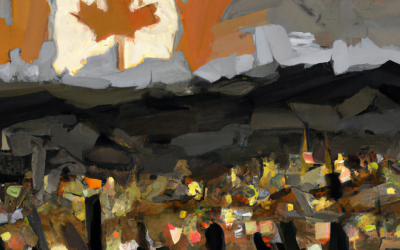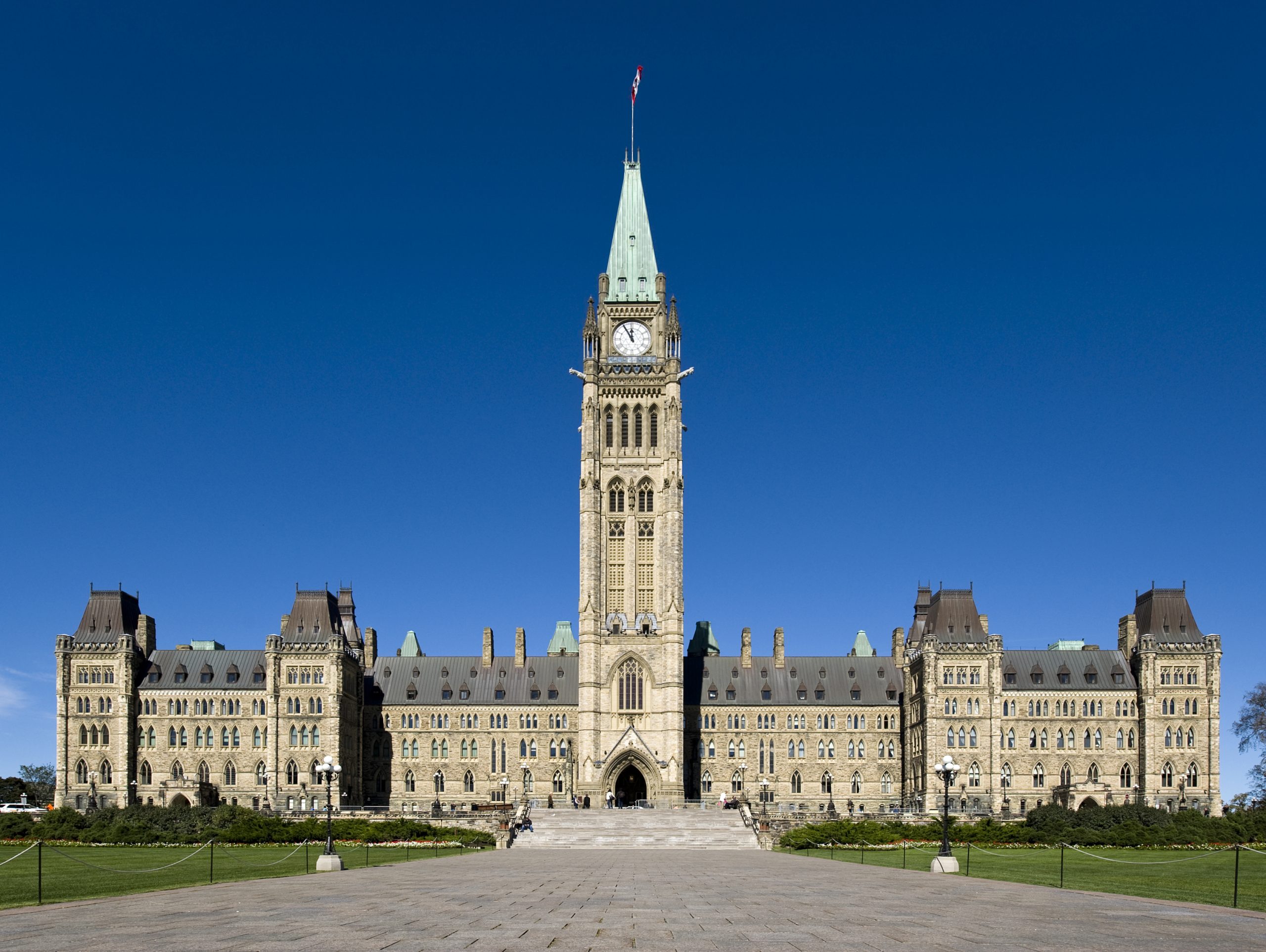Canada’s 52-year-old equalization system is producing chronically dependent ‘have-not’ provinces and financially crippled ‘have’ provinces and should be scrapped, says a former policy adviser to the Nova Scotia and Ontario governments.
David MacKinnon, a senior fellow with the Frontier Centre for Publlic Policy, said debating proposals to reform equalization is like arguing about “how many angels are dancing on the head of pin.”
“The real issue is: Is the fundamental purpose of this program fair? And I hope that my data has shown you that it is not,’’ MacKinnon told a luncheon audience here Tuesday.
“The second (issue) is: Is it affordable by the people who pay for it? Certainly, for the people of Ontario… it’s not affordable.”
MacKinnon, who was an economist and public policy adviser to the Nova Scotia and Ontario governments in the 1970s and ’80s, has seen the equalization system from both sides.
And his conclusion after years of study is that equalization — the $14-billion-a-year program that attempts to balance social spending between provinces with differing fiscal capacities — is broke and can’t be fixed.
MacKinnon said the equalization system — a federal program begun in 1957 — is supported almost entirely by taxpayers in the provinces of Ontario and Alberta.
In fact, the net fiscal deficit — the difference between what Ontario receives in federal transfers and what it pays Ottawa — is now between $20 billion and $25 billion a year, even after Ontario becomes a have-not province and receives $300 million in equalization payments.
In Alberta, the net fiscal deficit is about $15 billion. “It translates into $4,000 for every Albertan.” B.C. and Saskatchewan are net contributors to equalization, while the rest of the provinces, notably Quebec, Manitoba and the Maritime provinces, are beneficiaries.
And equalization payments for have-nots have grown far faster than those of the have provinces. For example, Quebec has seen its payments increase by 68 per cent over the past four years, while Ontario’s payments have risen six per cent during the same period.
MacKinnon said equalization was supposed to provide similar access to “key public services’’ for residents of have and have-not provinces alike. But, perversely, equalization has tilted the balance in favour of residents of have-not provinces at the expense of residents of have provinces.
MacKinnon cited figures showing Ontario having 176 physicians per 100,000 population and Alberta 197, compared with Newfoundland at 206, Nova Scotia at 228 and Quebec at 217.
MacKinnon said the global economic crisis will only exacerbate the inequities of the equalization program. For example, if Canada’s deficit were to rise to $100 billion annually, Alberta and Ontario taxpayers would be on the hook for $60 billion of that.
This at a time when Ontario is facing a major crisis in the auto industry and financial sectors, while Alberta is facing a severe downturn in the energy industry due to low oil and gas prices.
Saskatchewan may escape the global recession, but there are no guarantees, said MacKinnon, whose brother Peter is president of University of Saskatchewan.
He added the federal government should scrap equalization and transfer control of the GST to the provinces as a revenue replacement.


